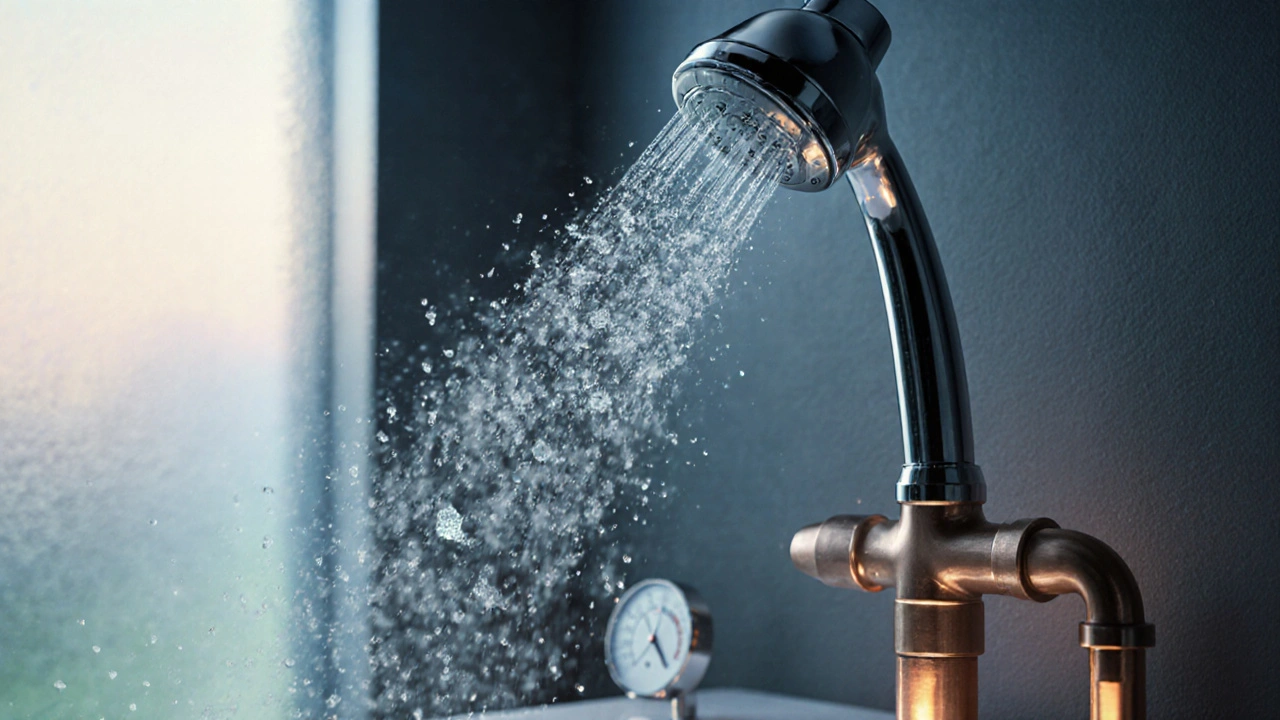Water Temperature: Why It Matters and How to Get It Right
Ever wondered why a hot shower feels great while a lukewarm bath can feel off? The answer is simple – water temperature shapes comfort, safety, and even how well food cooks. Getting the right temperature isn’t rocket science, but it does need a quick check and a few easy tricks.
Bathing and Kids Safety
For adults, a shower around 100°F (38°C) usually hits the spot. Kids, however, need cooler water. The American Academy of Pediatrics says toddlers are safest in water between 90–100°F (32–38°C). Anything hotter can burn delicate skin in seconds.
Quick tip: Fill the tub, then dip your elbow or wrist into the water. If it feels hot enough to pull back instantly, it’s too hot. A cheap digital thermometer gives an exact read – just dip it for a few seconds and note the number.
Don’t forget to test the water at the back of the tub where it can be a few degrees hotter. Adjust by adding a splash of cold water and stir before your little one gets in. This habit cuts the risk of accidental burns and makes bath time more relaxed.
Cooking and Food Safety
When you’re cooking, water temperature decides whether food cooks evenly or stays raw. Boiling water (212°F or 100°C at sea level) is perfect for pasta, rice, and blanching veggies. But some dishes need gentler heat – think poaching fish at 160–180°F (71–82°C) to keep it flaky.
Use a candy thermometer or an instant‑read probe to avoid guessing. For home cooks, a simple rule works: if you see steady bubbles rising quickly, you’re at a rolling boil. Small, slow bubbles mean a simmer, ideal for soups and stews.
Keeping water at the right temperature also prevents foodborne illness. When reheating leftovers, bring them to at least 165°F (74°C) to kill harmful bacteria. A microwave can be uneven, so stir a few times and check with a thermometer.
Beyond the kitchen, knowing water temperature helps with other daily tasks. Showerheads with built‑in temperature limiters stop the water from spiking above a set point, protecting skin and saving energy. When you wash clothes, warm water (around 110°F or 43°C) helps detergents work better without damaging fabrics.
In summary, a quick temperature check can improve comfort, keep kids safe, and make food taste better. Keep a thermometer handy, trust your skin’s feedback, and adjust water flow as needed. These small steps turn everyday routines into safer, more enjoyable experiences.

How Plumbing Systems Contribute to Legionnaire's Disease Outbreaks
Learn how plumbing systems spread Legionnaire's disease, identify high‑risk fixtures, and follow practical steps to prevent outbreaks.
view more